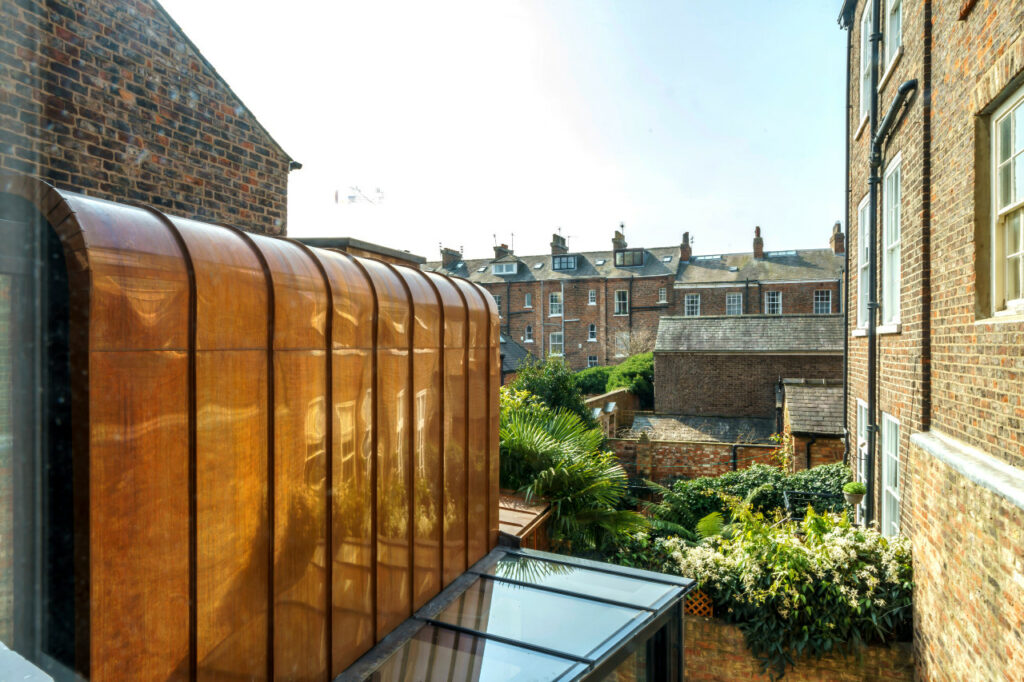What are Conservation Areas?
A conservation area is a designated area that contains buildings, structures, or landscapes of special architectural or historic interest. These areas are typically protected by local planning authorities to ensure their unique or distinctive collective characteristics and appearance are preserved or enhanced.
The statutory definition of a Conservation Area is ‘an area of special architectural or historic interest, the character of which it is desirable to preserve or enhance’.
There are 35 conservation areas within the boundaries of the City of York Council.
Who Designates Conservation Areas?
A conservation area may be evaluated and designated by the local Local Planning Authority in addition to the Secretary of State for Culture Media and Sport. They do extensive research and consult closely with residents before determining an area has the special interest and integrity meriting this status. There are no standard criteria, rather they look for architectural and design significance, a coherent visual identity and character, sites of historic events, and other factors that make an area special.
You can have your say in how your conservation area is managed. Local communities often work with the council to draft conservation area appraisals and management plans. Your local area may have a local charity or civic society which you can get involved with.
What Conservation Area Designation Means for the Community
With designation, the Planning Authority gains oversight to preserve the area’s buildings and surroundings. There are now more controls and oversight regarding demolition projects or significant changes to buildings, boundaries, green space, and trees. The goal is to carefully manage change going forward rather than prohibiting it entirely. By designating and regulating Conservation Areas, communities can retain architecture, landscapes, and history for the benefit of future generations. It celebrates what makes each location unique.
The process relies heavily on community input and priorities. Residents play an important oversight role in ensuring the neighborhood’s character is preserved responsibly. There needs to be balance between safeguarding heritage and allowing for modernization. With everyone working collectively, Conservation Areas more effectively maintain their special charm over time.
What Conservation Area Designation Means for your Project
It is a criminal offence to undertake work in a conservation area without consent, and the local planning authority can insist that the work is reversed.
The City of York Council provides a handy guide for householders to know if the work they want to undertake is permitted or wether a planning application/conservation area consent is required. It may surprise you to learn that putting up a sattelite dish, works to trees and even garden ornamentations would require consent from your local council. …
What’s an Article 4 Direction?
Councils can impose an article 4 direction, which can remove permitted development rights. This is done to ensure that they have more say on what is built, and is a useful tool to ensure that any developments preserve the character of a given area/building in particular. However, what this means is something such as a small outbuilding which would typically be within permitted developement rights, would require an application with your local council.
Where do Architects come into all of this?
Architects play a crucial role in projects in conservation areas. We analyze the architectural significance of the site, understanding the materials, construction techniques and styles used in different periods, which is crucial for sensitive restorations and adaptations.
We design schemes which are sympathetic to the local area, using traditional materials and forms. Architects can help find new uses and beath life into old buidlings, striking a balance between modern necessity and preservation. Even within a particular conservation area, there is no ‘one-glove-fits-all’. We recently demostrated this in a project opposite Clifford’s Tower in the heart of York. where we introduced bold new materials such as standing steam copper cladding and lightweight aluminium glazing.

For larger schemes, Architects play a key role in co-ordinating the design with Heritage, Ecological, Drainage Consultants and local conservation interest groups.
Since it’s establishment in 1988, Fining Associates has extensive experience, having worked on projects across all the conservation areas in York. If you have a project which calls for a skilled architect, get in touch!
Conservation Areas In York
If you’re unsure, the table of outlines the 35 conservation areas in York as per the Historic Environment Record (HER). The listing provides a map, which will allow you to establish if your home is within the boundaries of a conservation area.
